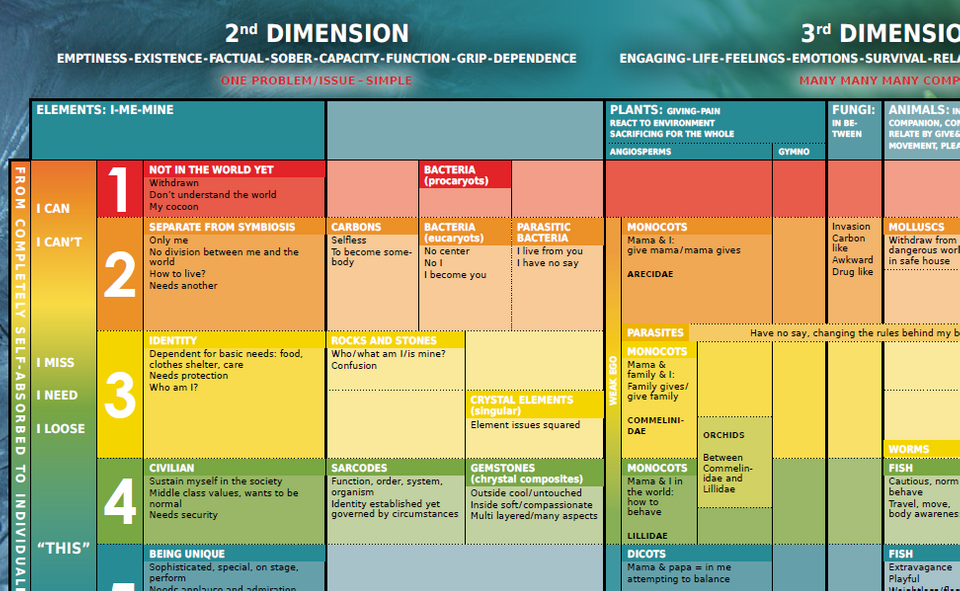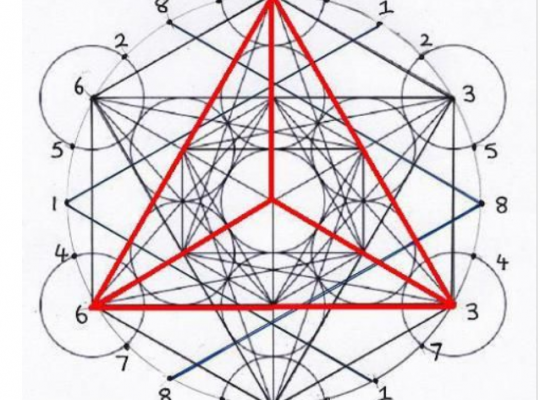Progress with a downside.
A few years ago, I started the project, or should I say the mission, to simplify homeopathy.
Most of the homeopaths and especially the homeopathic teachers met their ever-growing catalogue of remedies with an equally increasing feeling of confusion and disheartening.
As we applauded the new systems of analysing cases, we realised at the same time we needed to study more to keep track of the accelerating evolution in our field. There was so much we didn’t and still don’t know, as all species, substances and imponderables are now candidates for constitutional prescription. How amazing were those cases, presented in seminars, of Vacuum, Gravity, Wind or Polar Star but we went home without a clue how to prescribe them. What magnificent books were published of outlandish sea creatures, orchids with tongue-breaking names or on the vertigo-producing realm of Fungi. Books on Plants, 1000 pages in small print and no single picture, added to our despair.
How were we to find the needle in the haystack, this is: the remedy our patient needs?

In our training centre I witnessed how after 5 years of study, students left bewildered and depressed. it prevented many from ever starting a practise, convinced it was too difficult and they’d never be able to make a sensible prescription.
The practising homeopaths I trained in Master Classes often restricted themselves to classical knowledge, to one teacher or one system with the exclusion of others. Some had favourites (matridonal remedies for women) (snake remedies to close a case) or specialized in detoxification. All ‘solutions’ were attempts to somehow manage the unmanageable, with the disadvantage parts of the equation were left out.
Therefore I ventured out to: how could homeopathy be made manageable again?
The first thing to do is to identify the problems.
In the above section, we have just named one: too much information.
The systematic analysis developed the last decades was an enormous step forward but still excluded many remedies. We can not permit ourselves to squeeze our patients now in the three-kingdom boxes as we used to squeeze them before in the polychrest boxes.
The characteristics assigned to the kingdoms was rather crude in the beginning and therefor sometimes erroneous, though the basic idea was and still is great. This can be considered the childhood diseases of a developing concept.
This was a third observation: the systematic analysis excludes remedies that don’t fit the theory.
How to remedy these difficulties?
Regarding the first issue: too much information in itself is not a problem when you know how to navigate or use it. We don’t complain a library has too many books; it has a system, or a manual helping you to find what you need. The same applies to homeopathy: we need a system or a manual that helps us to find the right ‘floor’, ‘section’, ‘shelf’ and finally ‘number’, as if we were in the library.
Secondly: too many details. The way to remedy this is to zoom out, to take a stap back, to ask ourselves if we have the general and overall characteristics before pinpointing on some trivial detail that doesn’t characterize the patient in the least.
The solution to problem number three is to include all remedies, hence all groups.
The information I gathered to do so was solely derived from cured cases
(As a little side note: ‘cured cases’ sounds like a questionable source because it is an undefined term in the homeopathic community. Maybe out of respect and kindness towards colleagues the discussion on this topic never took place. This is understandable because one must define the term ‘cure’ first, and this leads to the core questions underlying everything we think and do: ‘what is health and what is disease?’ This means if we are to discuss anything at all, we must cast these fundamentals in stone)
As this is not the topic of this article, suffice to say that thanks to my intuitive precognition of people’s similimum (of which you can read more in my blogs and articles) I’ve been the last 12 years in the position knowing the outcome before I start the intake. In the two hours intake the homeopath in me collects information about the remedy, this is: the way the-remedy state expresses itself in this person.
This allowed me to acquire an overview of all Families and Groups, and how they interrelate. They are displayed in the Vital Approach map of Homeopathic Families, of which you can see more here (link Youtube clips)
When taking a close look, it becomes clear the Map solves the three above mentioned problems at once. It doesn’t give too much information, as a matter of fact it gives the minimum of bulletproof words with maximum practical application.
It doesn’t go into the details but at the contrary gives all the general essentials.
It includes all lesser known or overlooked groups and families, with their relationship to other groups. The place on the Map gives information about the vertical (2D or 3D) and the horizontal characteristics (7 rows, with the familiar Periodic Table attributes).
I believe that with that Map it will be as easy and straightforward to be guided to the right group or family you want to prescribe for your patient as it is in the library to find the right book when you know the instructions.
The basic characteristics, which are a conditio sine qua non for the family or group are on the Map, all the homeopath needs to do is to decide which match the characteristics of the patient. In other work: our daily homeopathic work.






